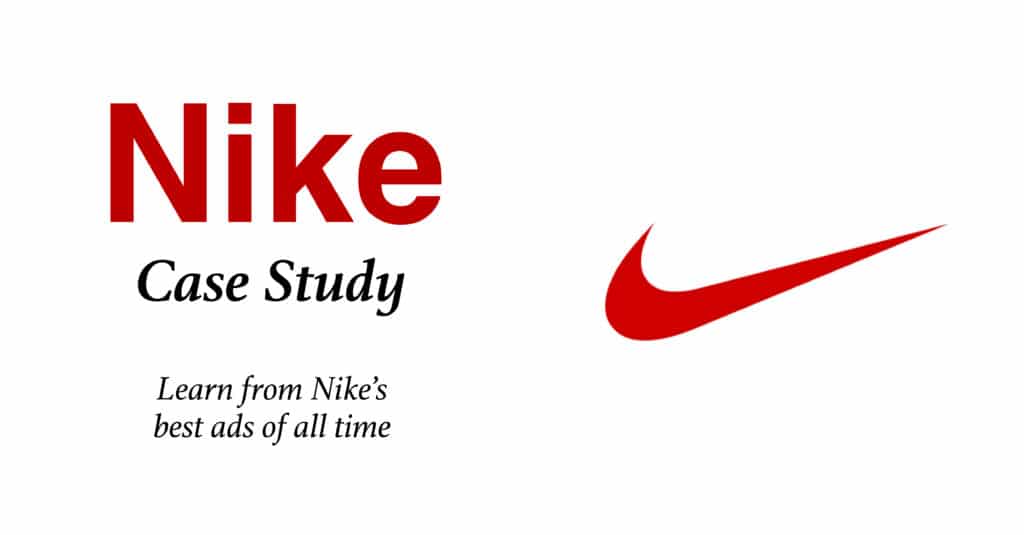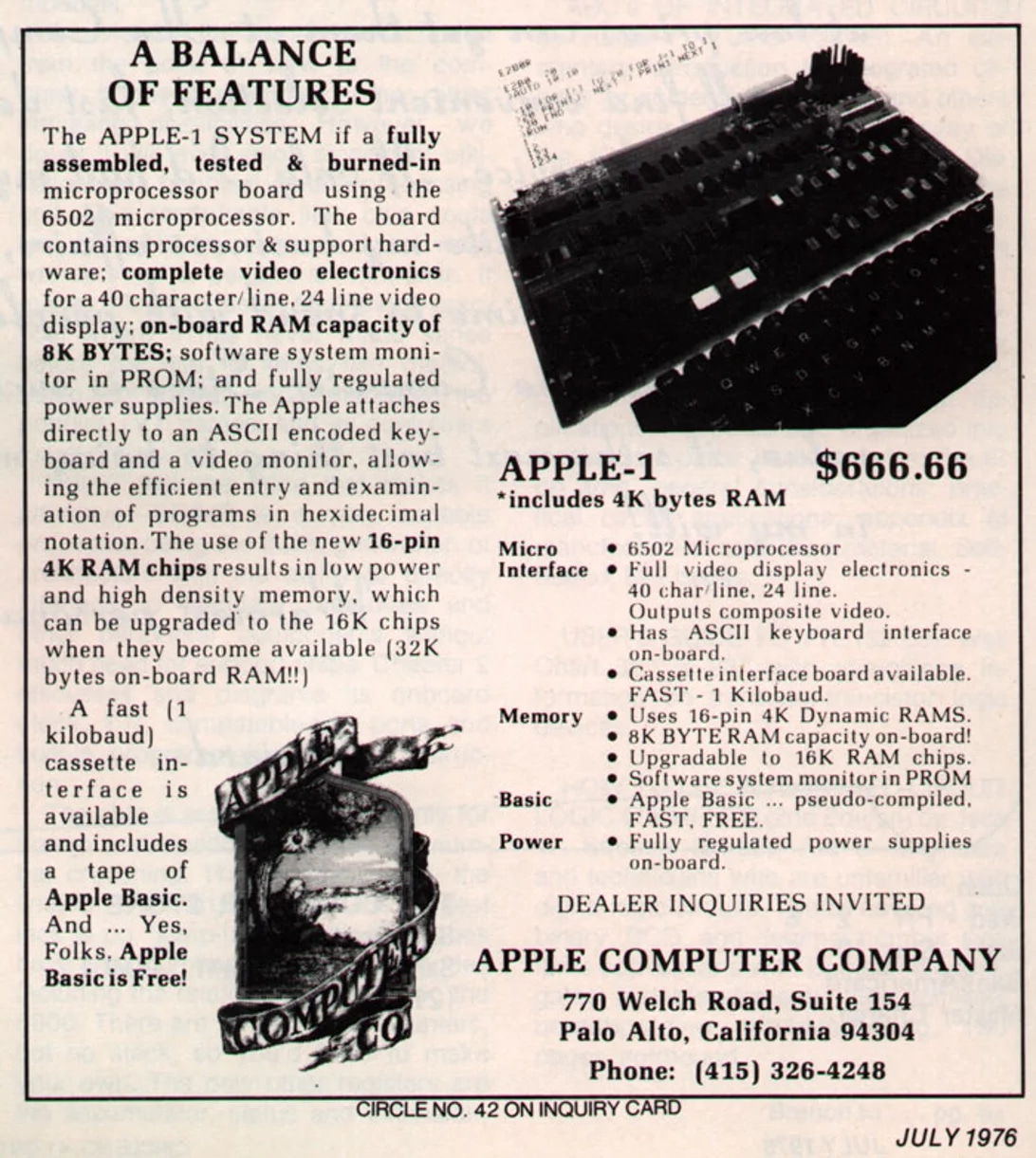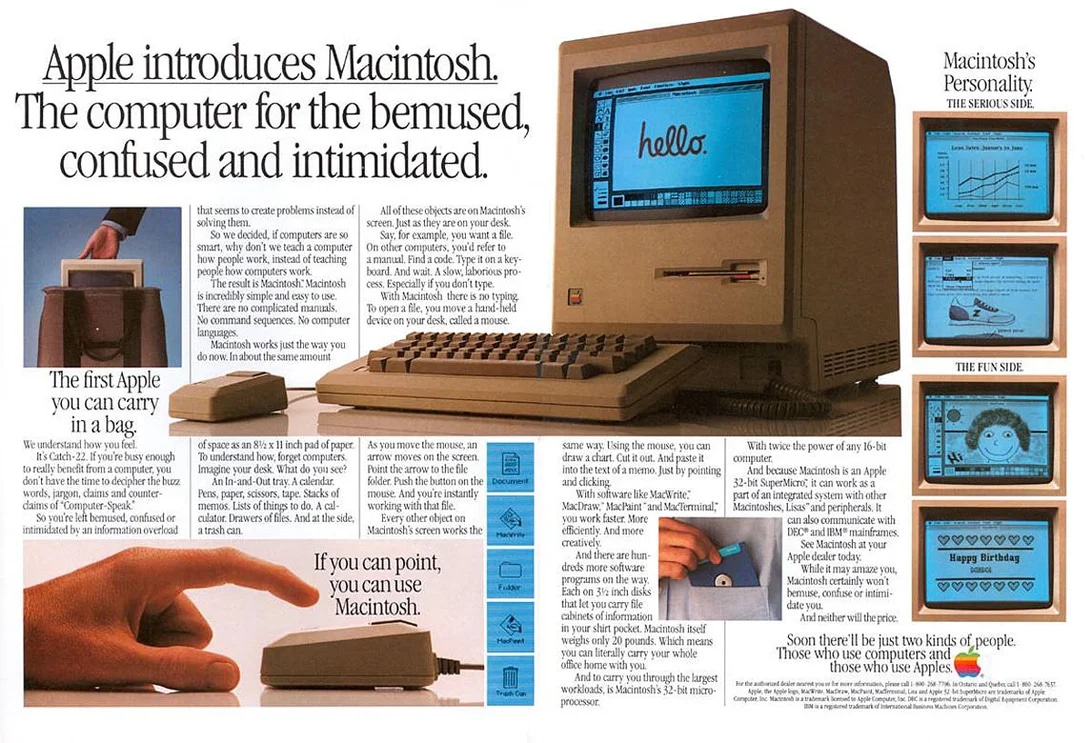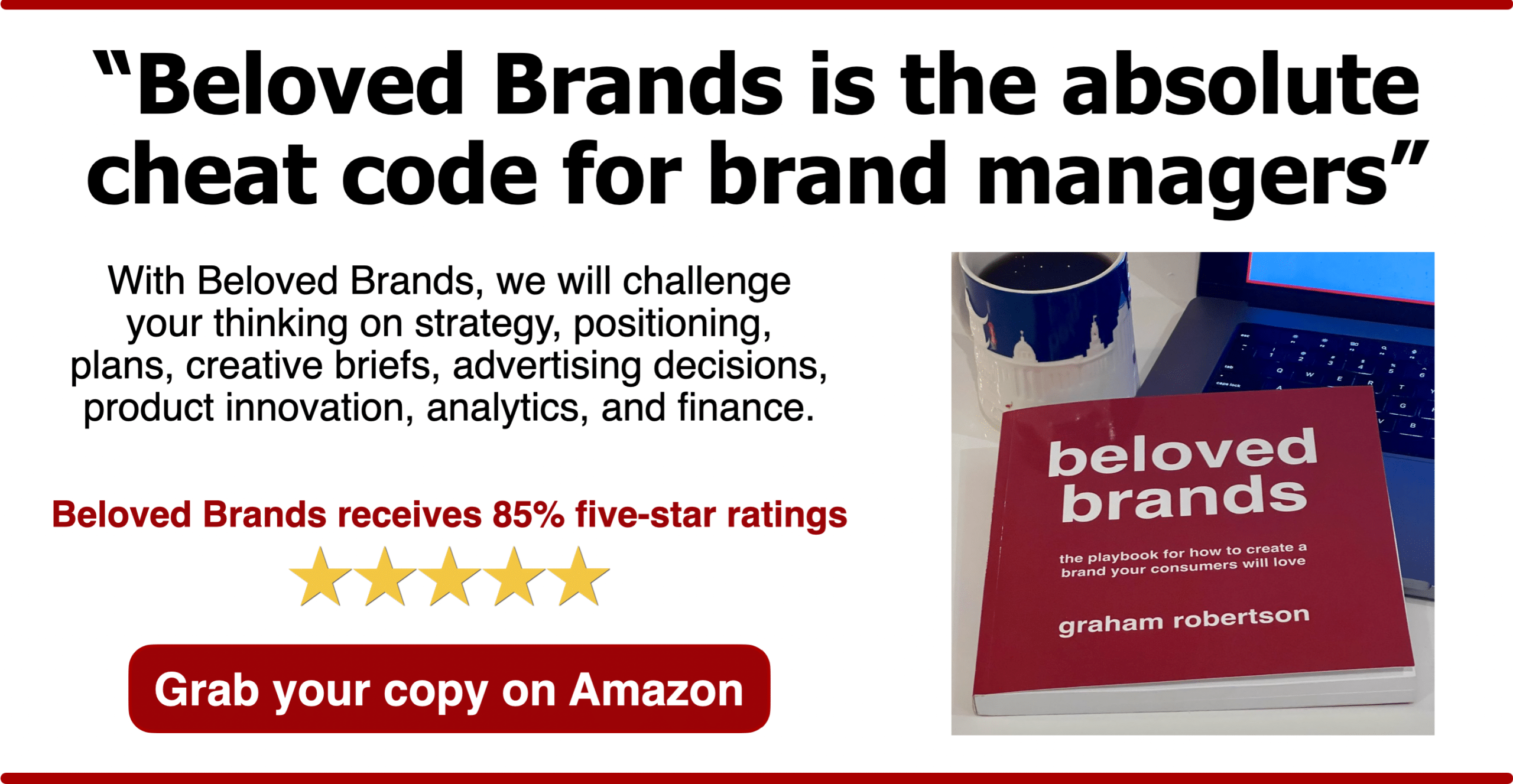Apple advertising has delivered “simplicity” since the 1970s. Apple’s advertising has been relatively consistent for over 40 years and incredibly connected with consumers. As Steve Jobs was launching Apple, the early print ads talked about how we designed the Apple computer, so you don’t have to worry about the details.
The “1984” TV ads for the Mackintosh launch spoke about the freedom from machines. Although the message was a little ahead of its time, it fit with simplicity.
Above all, the brilliance of the side-by-side “I’m a Mac, and I’m a PC” TV ads epitomized the brand idea by making the PC seem overly complicated and frustrating while setting up the Mac as the simple alternative. You could build an Apple case study on the advertising alone.
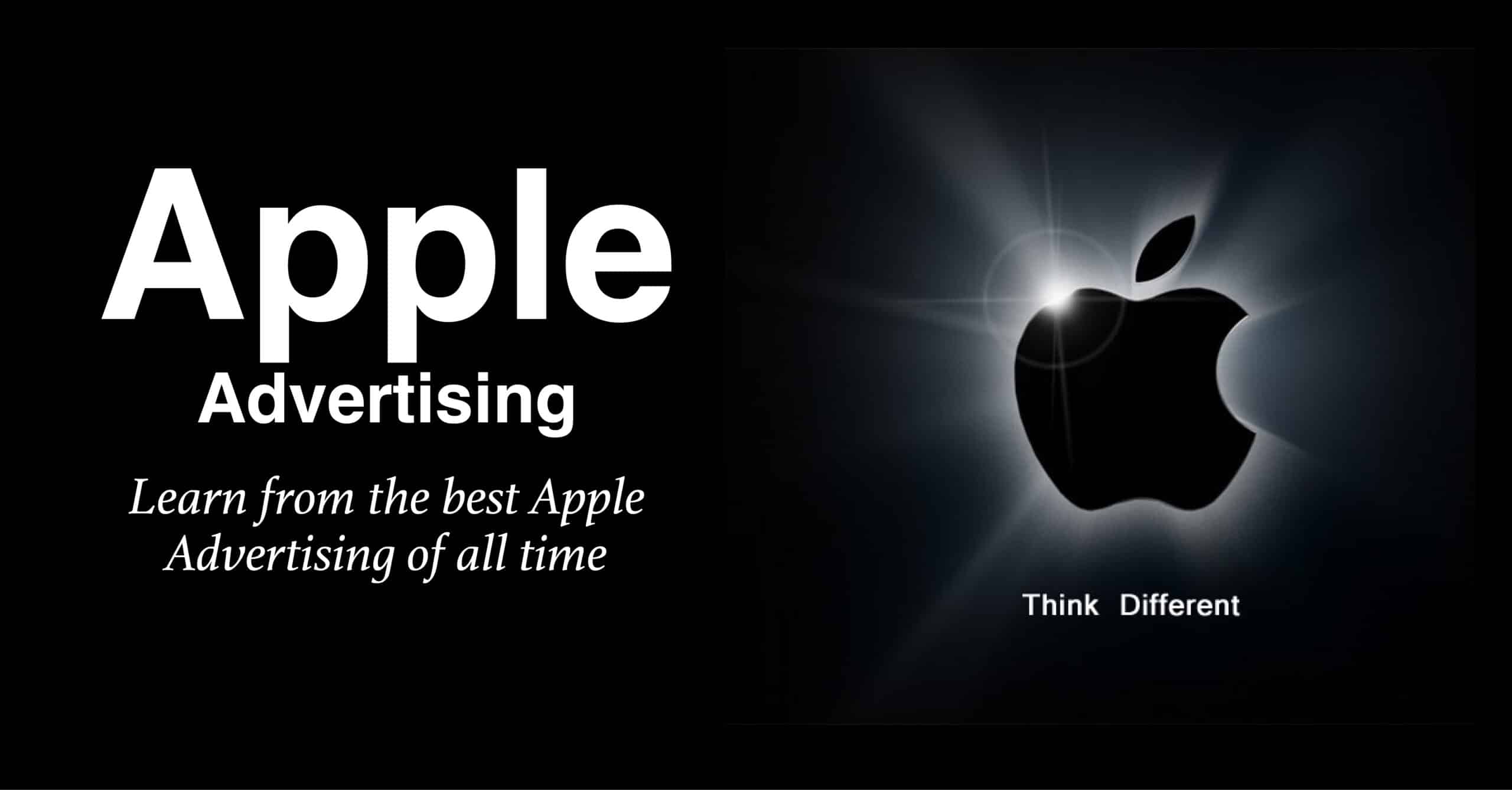
Early on, Apple figured out that most consumers get frustrated by technology
Strategically, Apple consistently focused on empathizing with—and taking advantage of—the consumer’s frustration with technology. In the 1980s, Apple attacked IBM personal computers as being too complicated. In 2005, they used “I’m a Mac, and I’m a PC” advertising to attack Microsoft. Each time, Apple used its “consumer-first” mentality to transform leading-edge technology into accessible consumer technology.
Most importantly, Apple has used its “simplicity” brand idea to create a bond with consumers creating brand fans they used to enter new categories. Apple is now the most beloved consumer-driven brand, with premium prices, stronger market share, sales, and profits. They used brand love to help drive a remarkable 40x revenue growth over ten years, skyrocketing from $5.7 billion in 2005 to $240 billion in 2015. This rapid growth helps cover the high costs of advertising and R&D, giving them very healthy operating margins, up over 35%. All this strategic effort has increased their market capitalization approaches $1 trillion.
We also have an Apple Case study that goes through the turnaround led by Steve Jobs. To read more, click on this link: Apple Case Study.
Apple Advertising - Table of Contents
Apple's first ad
Apple's first ad should teach you that it is ok to suck on your first ad
Have a look at the first Apple ad from 1976. The ad had no brand idea, was a cluttered mess of wall-to-wall copy, and focused everything on features with no benefits. There was no mention of the consumer and what they get or how the brand would make them feel.
The first Apple ad was a disaster.
What can you learn? No matter how much talent you bring, you might be a disaster on your first ad. To become great at advertising, you need the training to learn the fundamentals and the experience from a 2nd attempt. Try to get better with each ad.
MacIntosh ad
The launch of MacIntosh "for the rest of us" ad should teach you to focus
While Apple played around with a few cute ads of the late 1970s, none were great. By the time Apple launched the Mac in the early 1980s, we can see them taking a stance where they started talking to consumers frustrated by technology.
Tapping into the consumer’s enemy is a great way to connect with your target. While products might solve small problems, the best brands beat down the enemies that torment their consumers every day. Put yourself in the shoes of your consumer and find their most significant frustration pain point they feel no one is even noticing or addressing. Getting into the idea of the consumer’s enemy puts you into a conceptual and creative space.
“Instead of teaching people about computers, we decided to teach computers about people.”
In the first Apple ad below, they figured out they didn’t need to speak to everyone to create a great brand. Apple could build a significant brand by talking to the smaller segment. I love calling out “for the rest of us” in the headline.
To zoom in, click on either Apple ad below.
In the second Apple ad, they get even more descriptive around the target by describing them as “bemused, confused or intimidated.” The copy is fantastic. “If you’re busy enough to benefit from a computer, you don’t have the time to decipher the buzzwords or jargon.” This ad really delivers a brand positioning that separates Apple from the other computer brands.
Apple 1984 ad
The "1984" Apple ad should teach you to take a chance to find work that you love
A lot of advertising people love the 1984 Apple ad, which aired during the 1984 Super Bowl. While it’s not in my top 10, I love the story behind the ad–the fight to get it on air.
But, Jobs loved the ad, and he fought for it.
What I love is that Steve Jobs pushed for it, even when everyone on the Apple board hated it. Before the ad was on TV, the board ordered that Chiat Day be fired, and the media sold off. Chiat Day had purchased a 30-second and a 60-second time slots. They sold off the 30 but claimed they could not sell the 60. At this point, Jobs was already at war with the board. This situation did not help.
When I look back at my career, with every great ad I was lucky to be part of, I had to fight to make it work. And, the work that met easy approval ended up being crap.
If you love the work, you’ll fight for it.
When you love the work, you will believe in it so much that you will fight anyone in your organization to make it happen. Including your boss
You’ll work harder for it. The work will inspire you and give you energy. You’ll stay up till 3 am working on it. You will want to make sure it’s perfect. You will inspire everyone working on the project to share your vision. If you love what you do, the consumer will feel your passion.
Think of the most beloved brands, whether Disney, Starbucks, Apple, or Ferrari. Look how much energy the people working there put into the brand. Show me a brand where people working there settle for good, and I will show you an OK brand that struggles for its existence.
Never settle.
To view, use the arrow button to play the Apple ad.
Apple Think Different ad
The "Think Different" ad should teach you to send signals to your own team
To me, the best brands spend time marketing to themselves, knowing the people behind the brand will deliver their greatness on behalf of the brand.
I know the original “Think Different” ad is brilliant copywriting. But, keep in mind, Apple was nowhere when it ran. Steve Jobs had just returned as CEO of Apple in early 1997. There were many doubters as to whether Apple would survive. And, many inside Apple thought Jobs was the wrong leader.

Take a look at the “Think Different,” but this time, view it as though it is an internal video designed to communicate his vision.
In the next ten years, Apple would launch iMacs designed to be as beautiful as furniture, the iPod, iTunes, the iPhone, and the iPad. No company could do those with normal thinking. Only the crazy ones could do that much amazing in 10 years.
Apple Christmas ad
This gut-wrenching Apple ad teaches you to connect emotionally through the power of storytelling
Apple used a simple demo with their 2013 Christmas TV ad, about a young boy who appeared obsessed with his phone. The ad shows that the boy was missing out on everything, while really, he was using his phone to capture everything about the holidays.
This Apple ad is one of my all-time Christmas favorites.
To view, use the arrow button to play the Apple ad.
I'm a Mac...
"I'm a Mac..." should teach us to make work that sticks in the mind of our consumers
To create advertising that sticks, build creative and brand assets, using new executions to always add a penny to your brand to the creative advertising idea. The best sticky ads are a combination of new, relevant, credible, and different.
A great example of creating ads that stick is Apple’s “I’m a Mac … and I’m a PC” campaign.
Apple made over 70 different versions of “I’m a Mac” with each ad showing another reason why PCs are complicated while the Mac offers simplicity. The visual of the two people made a perfect representation of the two brands.
To view, use the arrow button to play the Apple ad.
Apple Case Study

These great Apple ads will help you focus, take a chance on creating work you love, send a signal to your team, connect emotionally through storytelling, and create ads that stick in the minds and hearts of your consumers. To dig deeper into the Apple brand, it all starts with Steve Jobs. Read our case study on how Jobs used simplicity as an organizing brand idea.
Best Coke ads of all time
Over the past 100 years, Coca-Cola has been the best advertising brand. Sure, Nike and Apple have battled for the best over the past 40 years, but they’d need to get to 2080 before challenging Coke.

Best Nike Ads of all time
For 30 years, Nike has been using the “Just do it” tagline. They’ve created so many iconic ads with Serena, MJ, and Charles Barkley. Come see some of the best ads, and be inspired by their great work.
